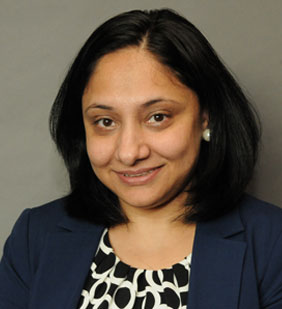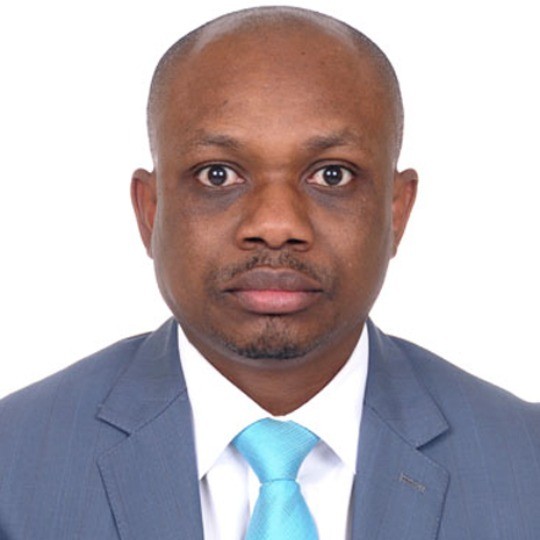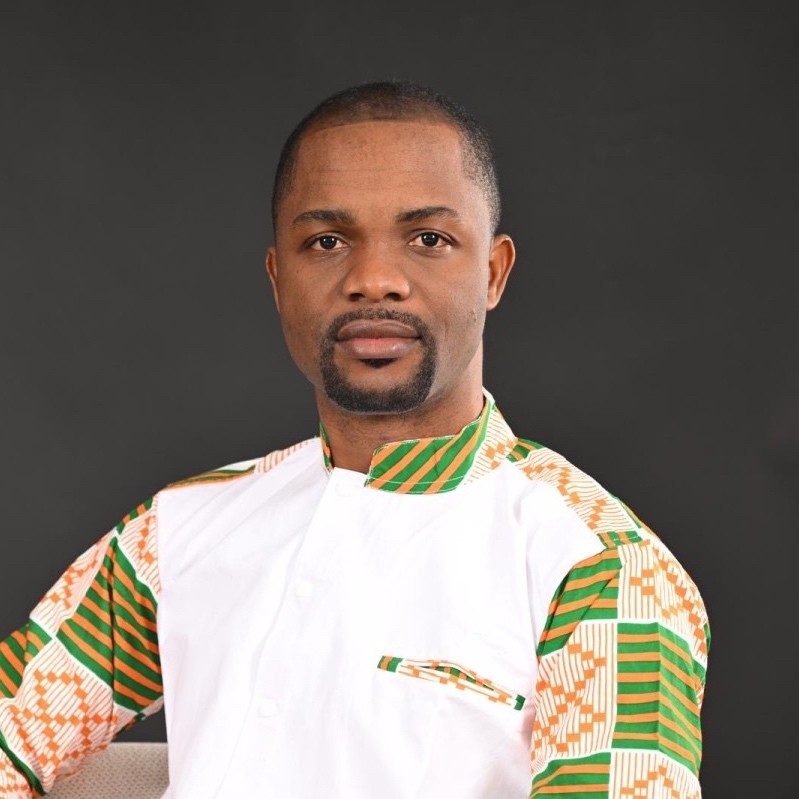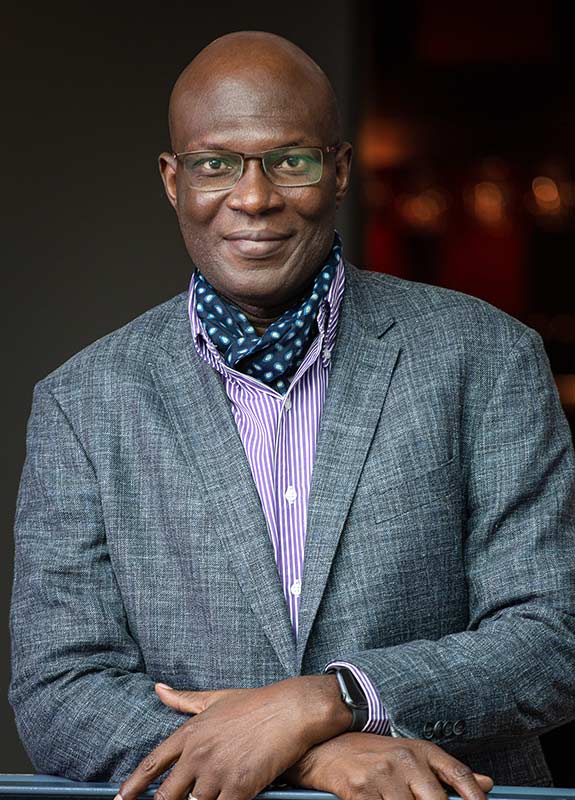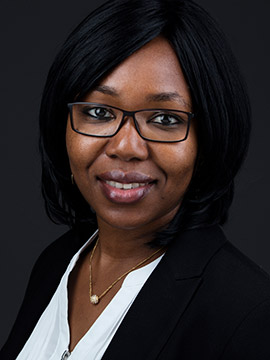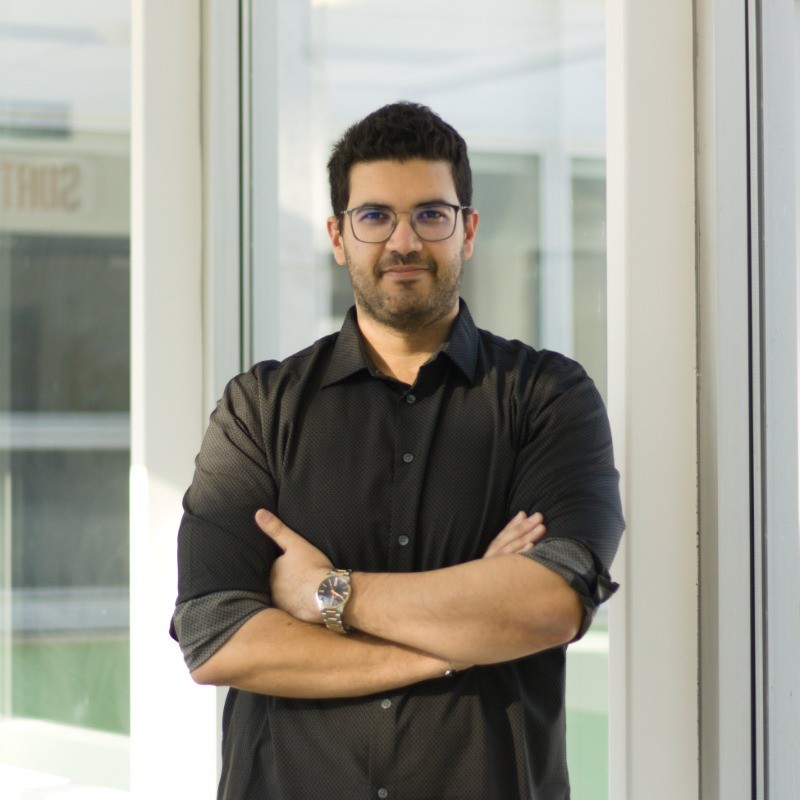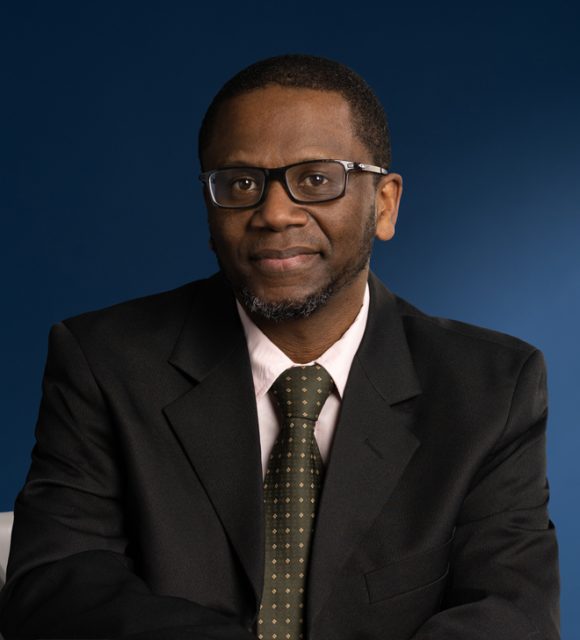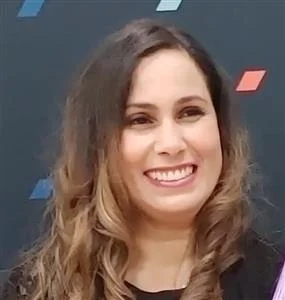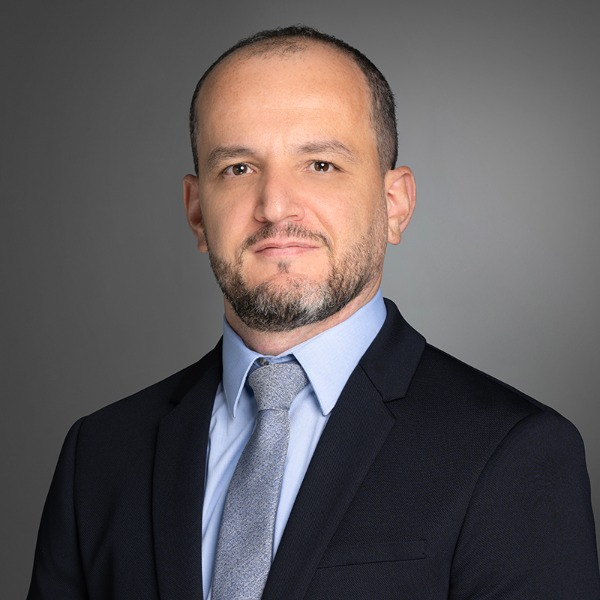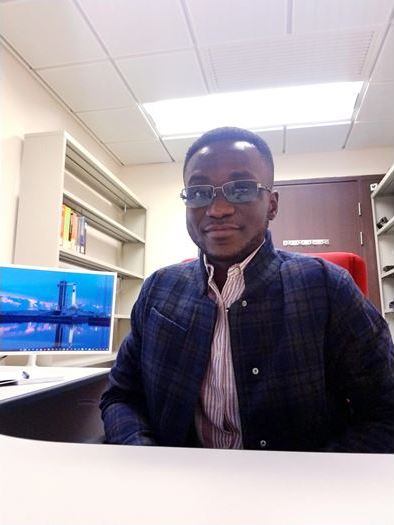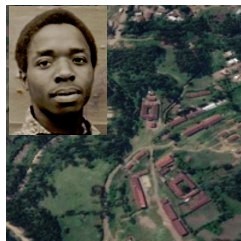Team Structure
The study of AI to fight against disinformation and corruption involves at least 5 major tasks.
- Task 1 – Allegation: Qualitative data collection about corruption allegations against politicians, and identification of reliable “gold standard” of true (most often prosecuted) vs. false (mis/mal/disinfo) allegations, first targeting Canada and United States, and now also Europe and the Americas.
- Task 2 – Parliament: Qualitative data collection about the use of AI in parliaments, both through case studies and in-depth structured interviews, seeking to identify the best practices most amenable to AI use in fighting all forms of “hybrid cyber threats” on the “critical infrastructure” that is democracy, and in particular disinformation and corruption which is increasingly prevalent due to AI misuse.
- Task 3 – Business: Qualitative data collection and quantitative data analysis to determine the response strategies of business leaders when facing disinformation, especially as business is typically targeted (as recipient of corruption proceeds or advantages) in the same time as a public officials undergo allegations, hence business has a major vested interest in stronger disambiguation tools using AI.
- Task 4 – Language: Reuse of existing corpora and Large Language Models (LLM), along with Knowledge Graphs (KG), to analyze text of collected corpora on true/false allegations against politicians, and development of superior AI tools to disambiguate fake news, along with inferring possible next steps in a disinformation campaign, and who it might hit next in logical chain.
- Task 5 – Ontology: Reuse of existing Knowledge Graphs (KG) and ontologies to develop a new and integrated semantic model of corruption, along with disinformation, dynamics of allegations, and various entities targeted in fake news, such as public sector projects, procurement, and contractors.
Task 1 – Allegation
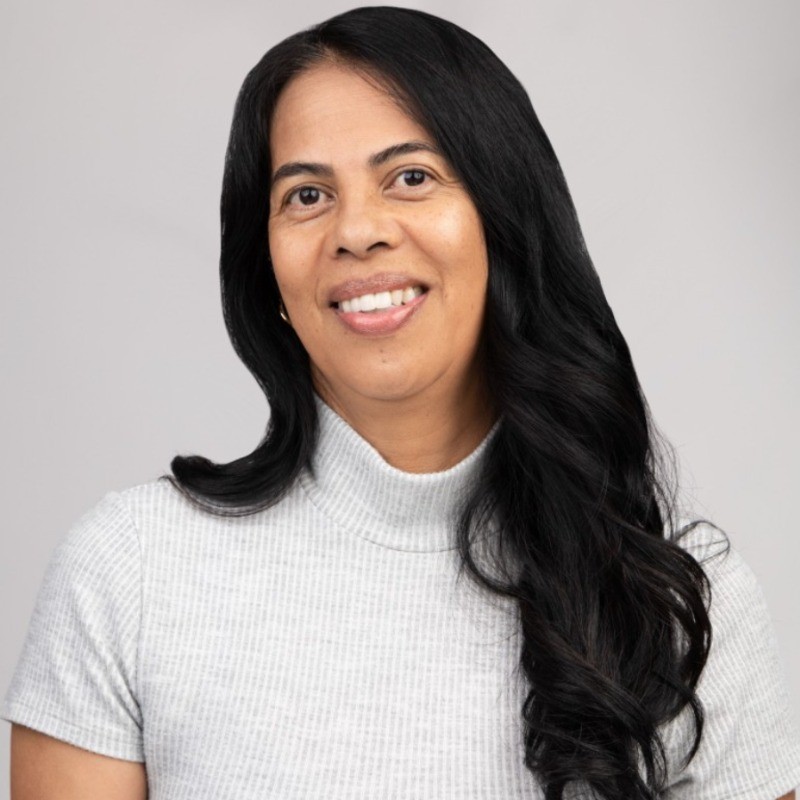
Sylvia Andriamaharosoa, Graduate Research Assistant, UQO, [LinkedIn]
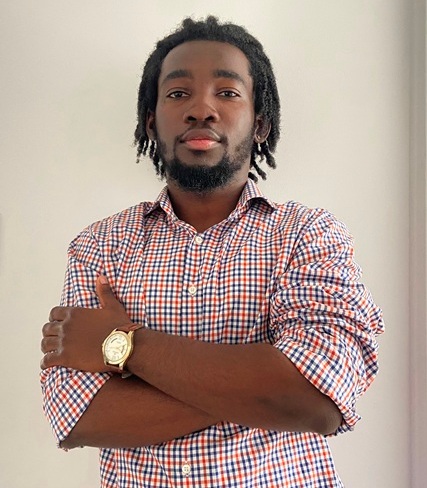
Jean-Philippe Dogbo, Graduate Student, UQO, [LinkedIn]
Task 2 – Parliament
Task 3 – Business
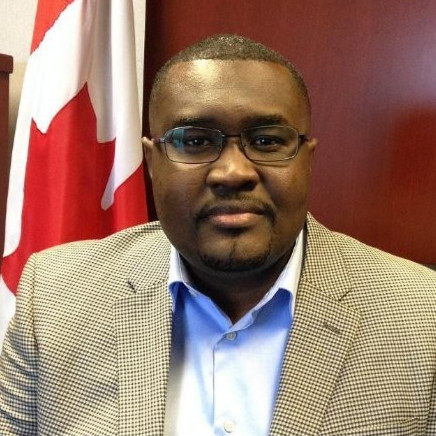
Ousmane Alkaly, Graduate Student, UQAM, [LinkedIn]
Task 4 – Language
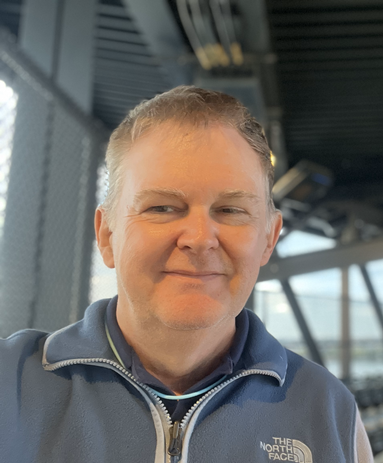
Tony Berber-Sardinha, Full Professor, Pontifícia Universidade Católica de São Paulo, [Web] ~ [LinkedIn] ~ [Scholar]

Sotiris Kranias, Partner, Hellenic OCR Team, [LinkedIn]
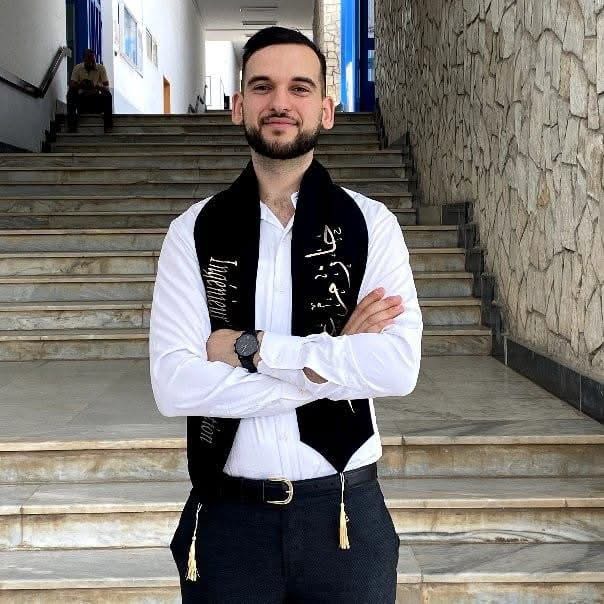
Hazem Amamou, Graduate Student, INRS, [LinkedIn]





